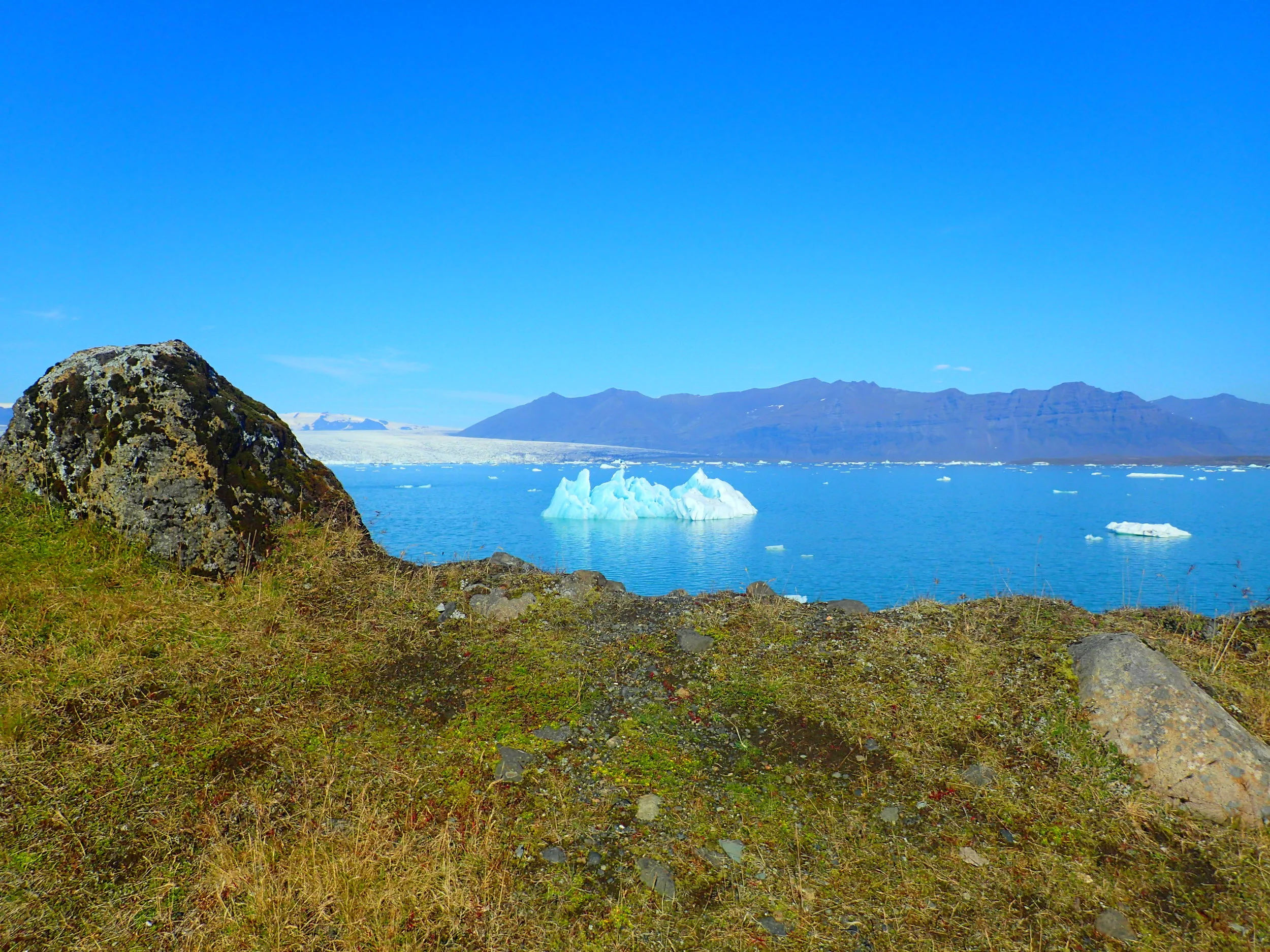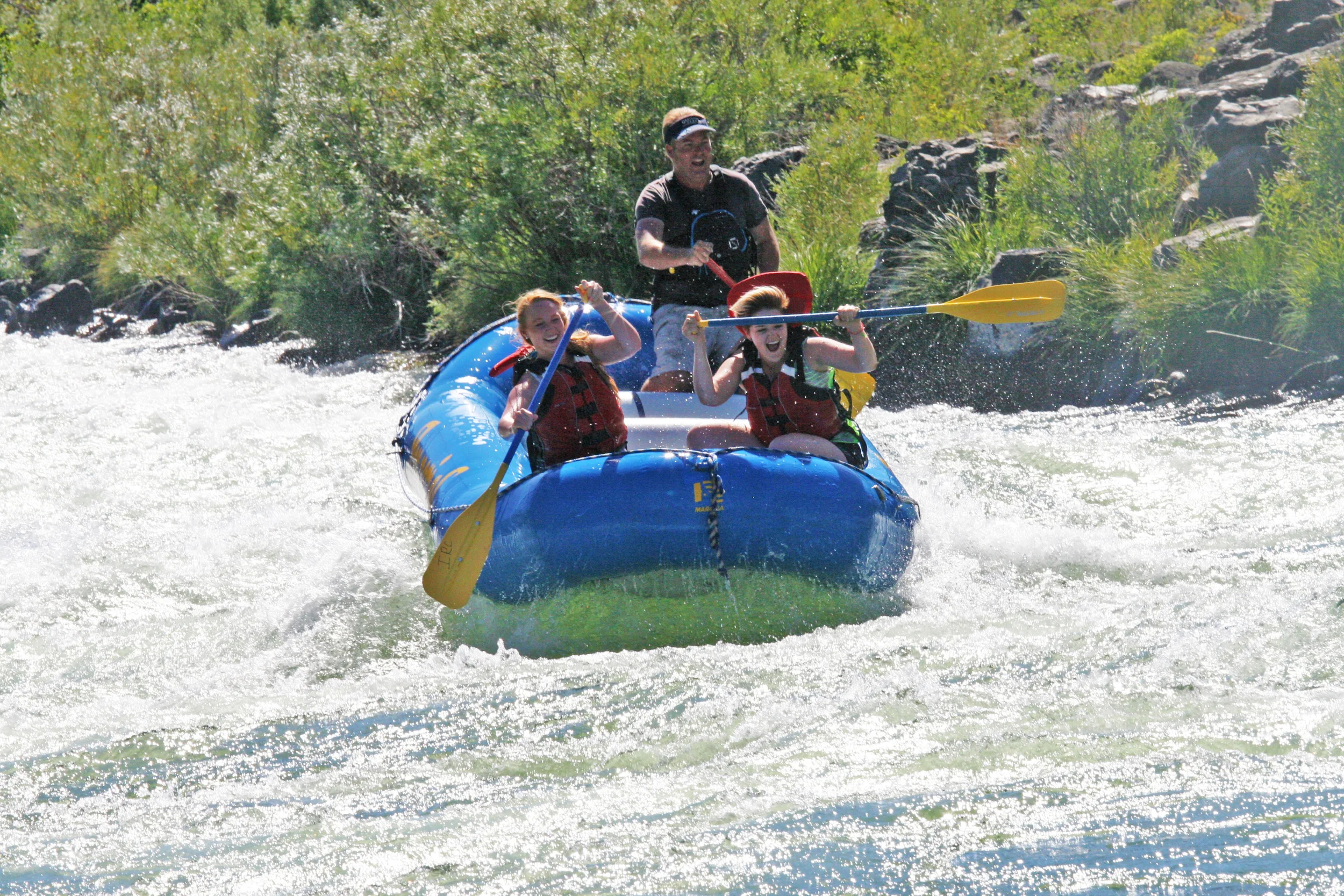Whew! What a month!
Today marks one month since I left the United States to embark on my year of traveling the world. I made it to Iceland for a whirlwind journey around the whole country and then flew to Germany 10 days later where I am located at present. Suddenly, time has seemed to go by incredibly fast. In the same breath, I look back astonished at how much I have done in what is actually a very short time.
Here are just some of the things I have already written about doing.
I have seen and done so much in Germany since I arrived here nearly 3 weeks ago, it’s difficult to determine where to begin writing about my second country on the year of deviation tour. I’ve traveled from Bielefeld to Cologne to Frankfurt to Munich to Regensberg – and that’s just half of my time here so far!
Instead of going chronologically, I’ve decided to do some highlights starting with a list about things you must do in the city of Cologne (Köln). I spent 3 days staying with relatives in a small town about a 30-minute train ride into the city center. Cologne was mostly destroyed in WWII, but some historic gems remain, and many modern sights and cultural features together make Cologne a great introduction city to Germany.
After dropping off the rental car and checking into our hostel in Reykjavik, I had a few hours to spend before the backpackers from Akureyri would be back in town. I took the opportunity to wander and see more of the streets of Reykjavik. I wanted to get a better feel for the city and pick up a few small souvenirs to bring to my hosts in Germany from the shops along Laugavegur. Here are a few highlights.
Considered the “capitol of northern Iceland,” Akureyri sits at the Eyjafjörður fjord and is the second largest city with just under 18,000 people. We decided to make it our first and only two-night stopover after Mývatn’s flies ran us out of town the night before. Fabrice and I had no plans except to make new friends again since the group we met the night before had split up and left town—Canada and England were traveling south and France, Germany, and Wales were traveling to the northwest fjords. We had a great experience hanging out with them so we were craving more interactions just like it. Good times with new people can be rather addicting!
Having missed out on the hot springs in Mývatn, we decided to go to the Akureyri public pools. While these were not exactly natural hot springs, they were a welcomed alternative to dealing with the flies! On the way to the pool, we got to witness a bit of the charm of Akureyri. Small parks and cute shops lined the streets.
I watched Carolina trot away from the car toward the bus stop in Höfn. It was early in the morning and we had just said our goodbyes. I was excited to learn that one of her stops on her 10-month journey will be New Zealand—one of my main destinations. Perhaps we’ll see each other in a few months on the other side of the world.
Fabrice and I got back to Route 1 to continue our drive around the Ring Road. Today we would have to travel the most distance in one day: 360 km to Lake Mývatn. I had heard there were amazing natural hot springs there—less expensive and less touristy than the famous Blue Lagoon near Reykjavik.
On the dashboard, Earl was propped up next to Fabrice’s phone blaring music from The Nationals. My cheeks felt warm as I squinted out the front windshield at the dark fields spotted with greenish-yellow plants. In the distance we could see Vatnajökull, Iceland’s largest glacier at 8300 square kilometers, emerging from behind craggy mountains in the foreground. As we got closer, we saw many tour buses pulling off the Ring Road to the left. It looked like something to check out.
At Skaftafell, tourists can purchase guided tours of the Vatnajökull glacier and surrounding park area. Many locals told us that walking on the glacier on your own during or surrounding the summer months is never something Icelanders risk—only tourists who do not know the dangers of falling through the ice, never to be seen again. Guides are absolutely necessary and increase your safety significantly, but instead we opted to do an off-glacier, self-guided hike along the Gönguleiðer trails. Up the mountain 30-45 minutes would take us to see another waterfall—Svartifoss. A morning hike sounded good to us all even though we had already seen spectacular falls the day before. Grabbing water and a few snacks, we headed in the direction of the trailhead.
As a foodie I love to try new foods. I also love to learn about a culture by opening myself up to what they eat even if it means deviating from my own dietary norm. Rejecting food from others in a cultural exchange or missing an opportunity to experience a food significant to that culture due to my own choice would, for me, be an injustice. Therefore, I am putting nearly 20 years of eating habits aside for the whole year of deviation trip. I will try anything—even if presented with food I would never consider eating while back in the U.S. My first norm-deviating food experience occurred while in Iceland.
Not much has changed in the diet of Icelanders since the Viking age. The majority of the Icelandic diet comes from what surrounds the country—the sea. Einar, my host in Reykjavik, told me if I wanted to try a snack that locals commonly munch on, then I should try Hvammsfiskur (ravine fish), a type of fish jerky. Not crunchy or soft, this somewhat tough, dried fish reminded me of tilapia but slightly duller in flavor. If I had the opportunity to eat more I probably would as I enjoy the taste of fish and it’s a very healthy snack.
I laid in my top bunk under a hand-woven blanket watching the sunlight trickle in through the far window. I smiled to myself as I heard the light ba-ah-ah-ing of sheep in the distance mixed with the faint breathing of my two new friends laying in the bunks next to me. We had all stayed together in the same room the night before even though we could have each had our own room in the place. I had chosen the room on the east side strategically so the sunlight would warm me up in the morning. What I did not anticipate was the emotional warmth I would feel when Carolina and Fabrice decided to stay in the room with me. We were becoming fast friends, and now it was like we were children away at camp together.
The day before we began our Ring Road trip by detouring around the Golden Circle. Today we planned to get back on Route 1 to see some waterfalls before reaching Vik for the night. Today was also the day that I was to learn how to drive manual—finally! I had always wanted to learn. Most cars for rent (especially the less expensive ones) are manual in Iceland. So with Fabrice and Carolina as my teachers and nobody around on these country back roads, this was my opportunity.
On Thursday, September 4, I met Fabrice (Quebec) at the Egilsborg guesthouse. We were handed over the keys to a white Toyota Aygo for just $60 a day. We picked up Carolina (northern Sweden) from Einar's place in Breiðholt and set out on Route 1 to go counterclockwise around the Ring Road (Route 1). We decided to take an initial detour along the Golden Circle first. This path would take us to many special sites and wonders despite having to go slightly out of the way of Route 1.
Every kilometer there was something new and beautiful to look upon. Thew constant spectacular views made the decision to stop and take a picture of what and when very difficult. What a dilemma, right? The first time we stopped the car to take pictures was when we first emerged from Rekjavik. Outside the city, the land suddenly stretched out to reach mountains surrounding us. Fields were dotted with cute homes, churches, farm houses, and animals (sheep, horses, etc.). We were instantly awe struck and had to stop the car by a little bridge just to stand outside the car and take it all in. Little did we know, this was only the beginning of what we were about to see over the following days.
I squinted into the morning sun and watched puffy clouds float by outside the plane window. My insides leapt as the clouds parted revealing Iceland: a treeless green mass jutting into the sparkling sea. The pilot switched from speaking Norwegian to English announcing our descent into Keflavik International Airport in Reykjavik.
After landing, I fastened my backpack buckles around my waist and raised my chin ready for whatever adventures laid ahead. I grabbed a local SIM card at the airport Duty Free, bought a bus ticket, and headed outside to the bus stop. A young Icelandic Excursions bus driver wearing reflective aviators took my bag and told me he could drop me at the Mjódd station. We shared an exchange over our matching sunglasses as I boarded. I said, “Nice sunglasses!” He laughed, “You, too!”
Before departing for my Year of Deviation trip, I hiked and camped in the Catskill Mountains in upstate New York with four friends from New York City. This weekend trip was the perfect experience to have right before leaving my home country for a year. I am sitting here writing this story in Reykjavik, Iceland, my first Year of Deviation stop. Many adventures await, I am sure of it. But I am still in awe of what we encountered in the Catskills, proving that some adventures can be found in the places we take for granted the most—our own back yards.
Nestled deep in the forest off the main highway surrounded by the Catskill mountains, Woodland Valley campground is run by New York State Parks. Like an outdoor hotel, reservations are needed and made online where you can choose which designated campsite you want to reserve on the grounds. We arrived shortly after check-in at noon.
"Wow. So what do you pack for a year of travel?"
I get this question usually about 5 minutes into telling people about my upcoming trip. For me, part of travel hacking, especially for a long-term trip like the Year of Deviation, involves figuring out how to be as free and flexible as possible. This means unburdening myself from having to carry around lots of heavy luggage.
I laugh at myself looking back at how I used to travel. On a 5-week trip to England a few years ago, I checked an enormous suitcase, had a carry-on suitcase, and a backpack. I thought this was traveling light. But then I recall the checked bag was incredibly cumbersome at about 8lbs over the weight limit when I arrived at the airport. I almost got charged a hefty fee for that monstrosity if it hadn't been for some last minute adjustments.
I am one week away from departing to Iceland. This will be the first leg of my Year of Deviation.
I've done so much planning over the last month getting last minute things together for my trip. My family has been awesome. They've given me tons of support during this process. They've put a roof over my head and fed me home cooked meals for the last month. They've helped me make preparations all despite their sadness that I'm leaving for a whole year. I am truly lucky to have them.
In my last post, I described some important questions you need to ask yourself to determine your readiness to start earning miles and points with credit cards. Below are some frequently asked questions I have gotten from people interested in the miles game. The information below is based on what I have learned and what has worked for me over the last 18 months.
Really, in comparison to other people in the miles-earning game, I am a rookie hacker/miles earner. But I hope that even my basic knowledge and experience will encourage others to get started and maybe even help some people who are already in the miles game. Seriously, earning miles to pay for the cost of flights is worth it even for the casual traveler. Why pay so much on airfare when you don't have to?!
Back in December 2012, I met up with my old friend Rob from high school to ask him how to travel hack. I saw that he had been deviating the norm by visiting and living in some pretty amazing places and doing it all with little to no money spent on airfare. I had to know how he did it.
When I made excuses in the past about why I couldn't travel, I made those excuses mainly because the cost to fly to all the countries I wanted to visit would mean spending an enormous chunk of my savings. It was money I just didn't have to burn as a graduate student on a small income with NYC living expenses. What was the best way to minimize this expense?
When I looked out over Portland at Council Crest, the craggy, snowcapped Mt. Hood beckoned. That mountain felt to me like my ticket to an adventure—and I was right but in a most unexpected way. I booked a 24-hour car rental with my friend so we could drive to the Mt. Hood Adventure Park at SkiBowl in Government Camp, Oregon. Just an hour and a half outside of Portland, the park offers a series of activities: zip-lining, hiking tours, bungee jumping, horseback riding, and more. I figured it'd be a good place to find some fun. Once we arrived, we decided to do a water-related activity. I had my sights on stand-up paddle boarding but it was the day after July 4th. "Sorry, SUPs have been booked for weeks," the apologetic SkiBowl employee told us. She handed us their book of activities to flip through to find something else. White water rafting caught our attention.
A common experience while walking around Portland was coming across the uncommon. The city had some completely weird and random art displays spread throughout. Portland seems to breed or attract inventors and creators who think up the most interesting visuals and entertainment spaces. This post highlights just three aspects of the city that I felt "keep Portland weird"— street art, people's yards, and the Kennedy School.
To give you an example of what I mean by street art, I don't mean your typical mural found in Brooklyn, NY. I mean seeing that someone spilled a bucket of blue paint on the sidewalk and that then decided to make the best of the spill and use the excess paint to draw a blue smiley face right next to it. I wish I had gotten a photo of that one. Instead, here's a picture of a fire hydrant with eyes.
For many people, vacations and trips out of town are a chance to sample the destination's food. My trip to Portland was no different—food took on a central motif. I am an avid foodie who believes that tasting the food of a new destination gives you insight into its culture. If the ingredients alone don't tell you, the conversations that happen about the food allows for an understanding of how natives and food relate. I had some amazing things to eat while I was visiting Portland thanks to suggestions from locals and seasoned Portland foodies who led me to some delicious endeavors. If you're headed to Portland soon, or if you're just a foodie like me, this post should get your mouth watering.
“I just witnessed the most amazing thing on the way here this morning,” my graduate school friend said to a group of us on the second day of the conference we were all attending in Portland. She had a gleam of wonder in her eyes as she described her AM commute. A female bus driver had sang a ballad over the loud speaker to all the passengers on board. When she finished the final note everyone clapped and cheered. The driver was in such good spirits, my friend said, that when she pulled up to one of the transfer stations she took the stage again and quipped over the speakers about the available color-coded MAX options. “Blue, red, yellow, green—takes you to your dream!” she chimed.
I like beautiful scenery and a taste of adventure. So here are my top 5 outdoor experiences from my trip to Portland, Oregon this summer.
Forest Park is not the kind of place for an inexperienced hiker. We came prepared with water and snacks because if you don't know where you're going you can easily get lost there. Forest Park is big. Really big. And even though we saw stray locals wandering through, there were long stretches of time when we were completely alone. You can feel totally disconnected from the city and avenues below in there and not know which trail will take you out or turn you deeper into the woods. At times, our hike felt a bit like the hobbit and the dwarves' trek through Mirkwood.





















